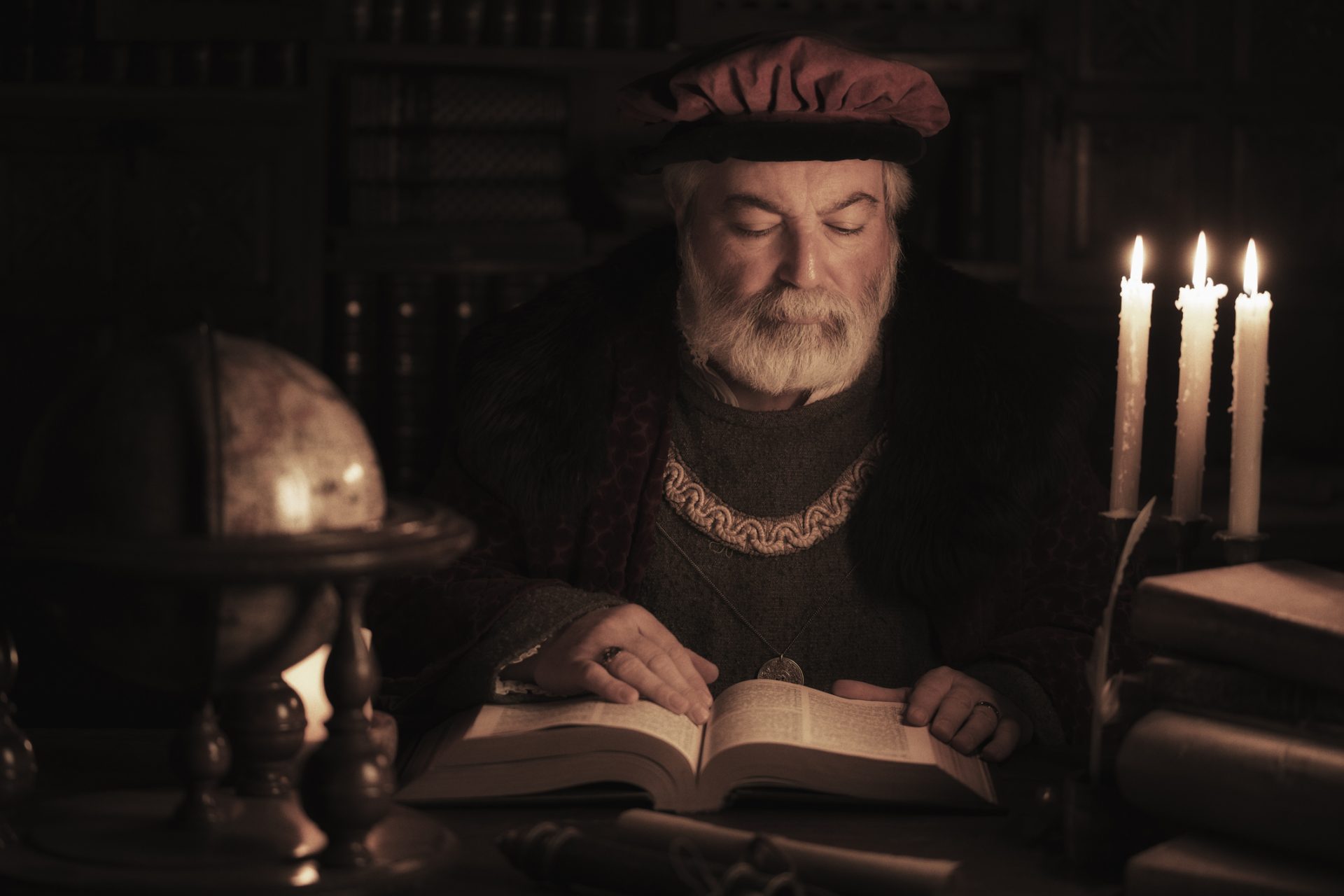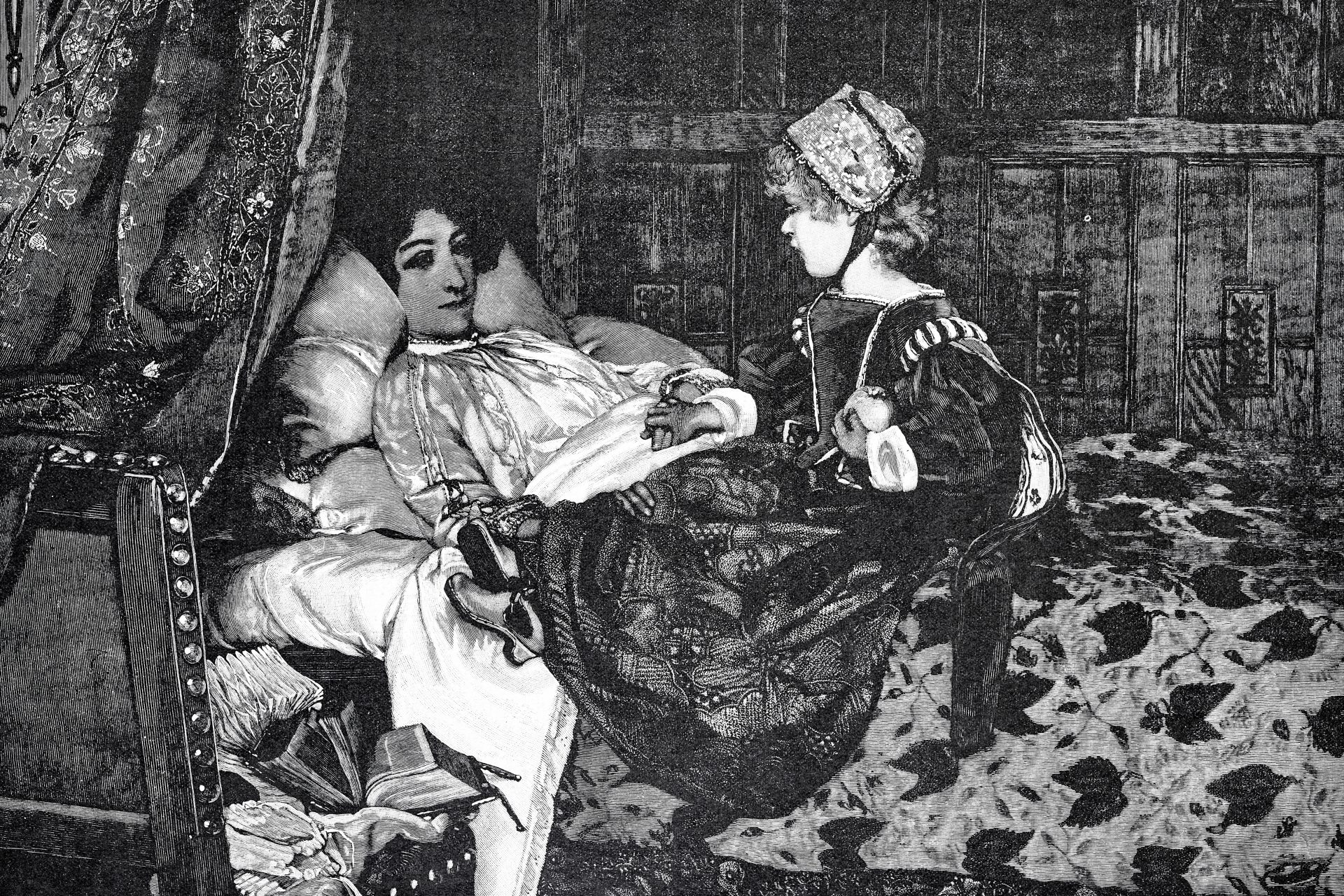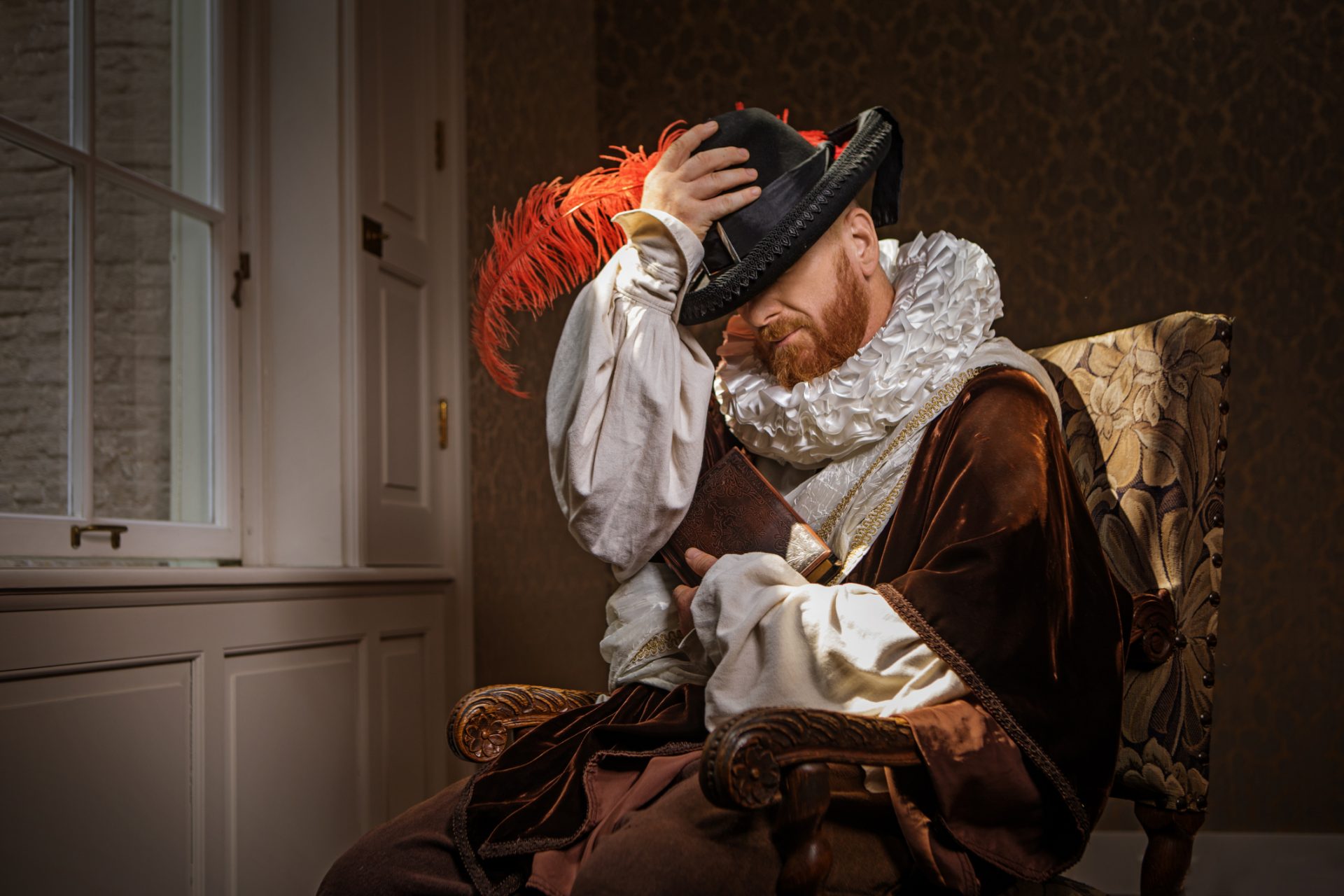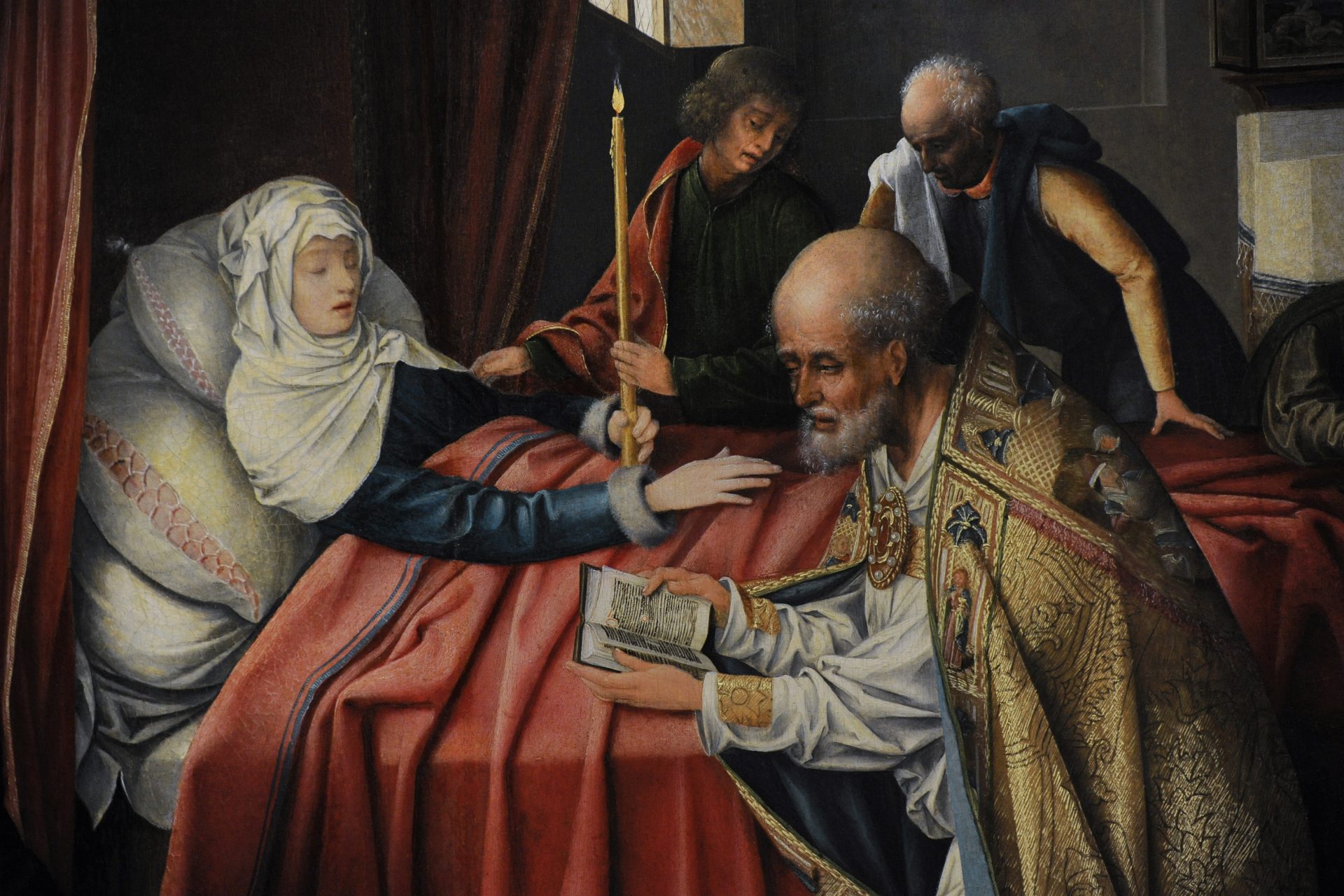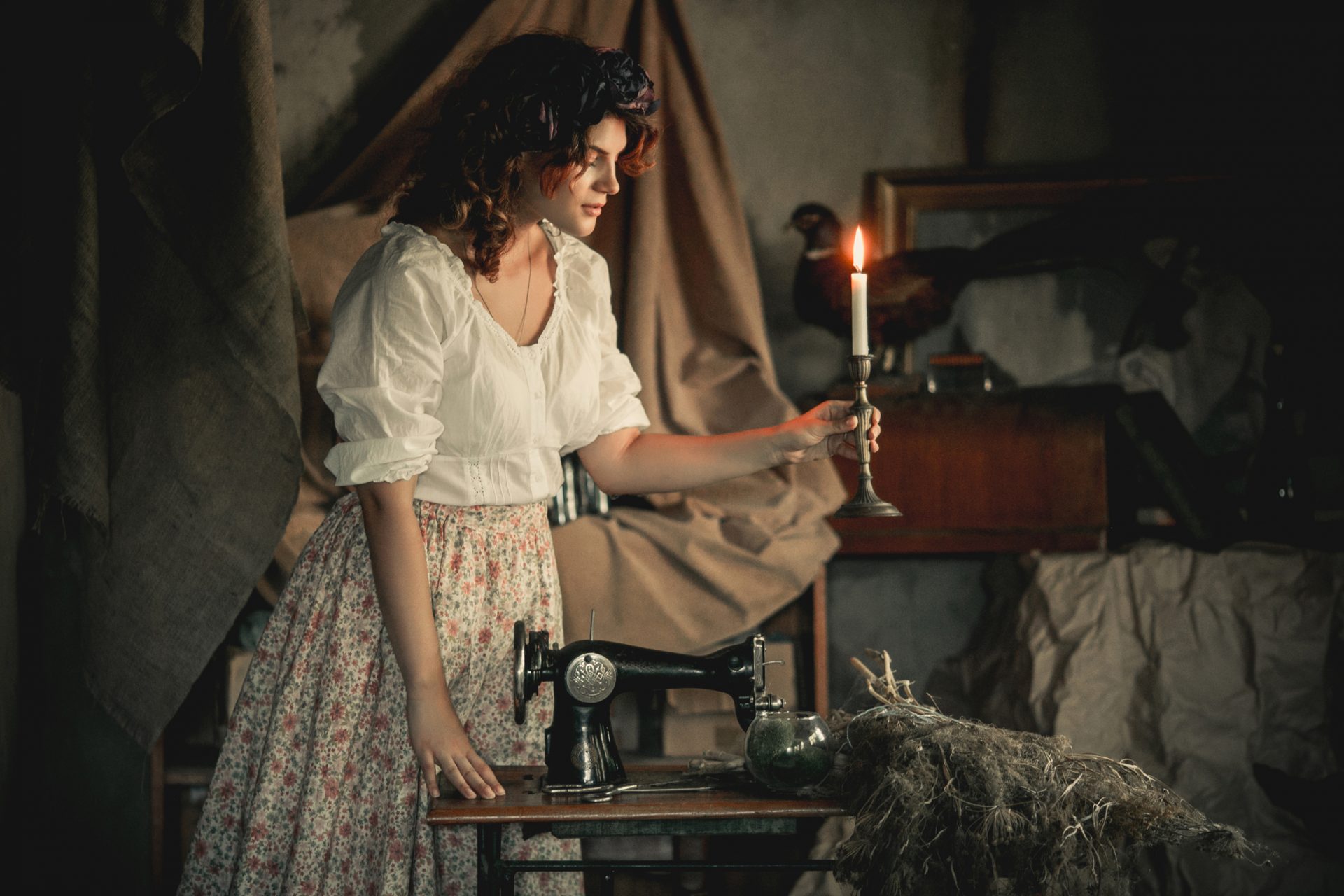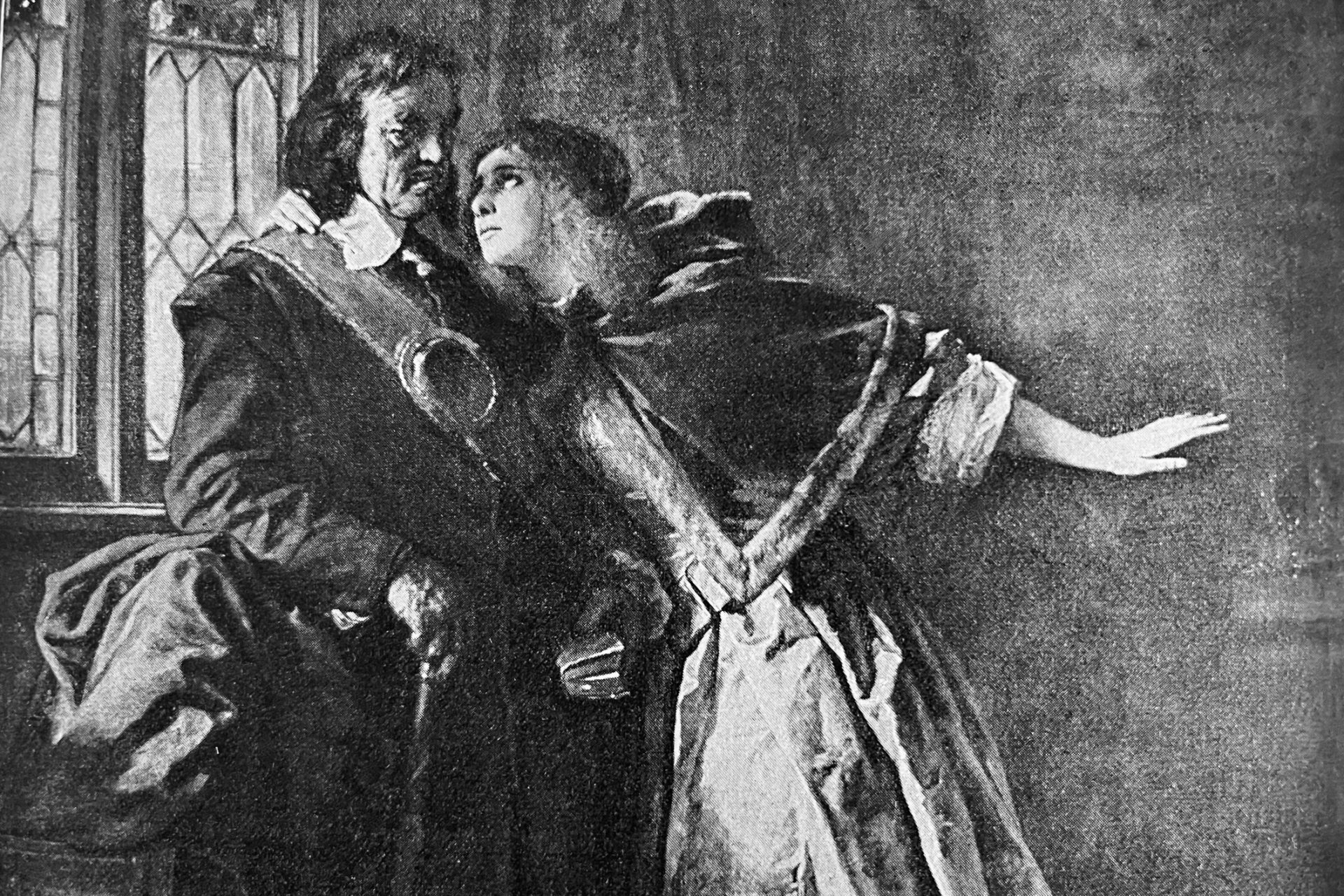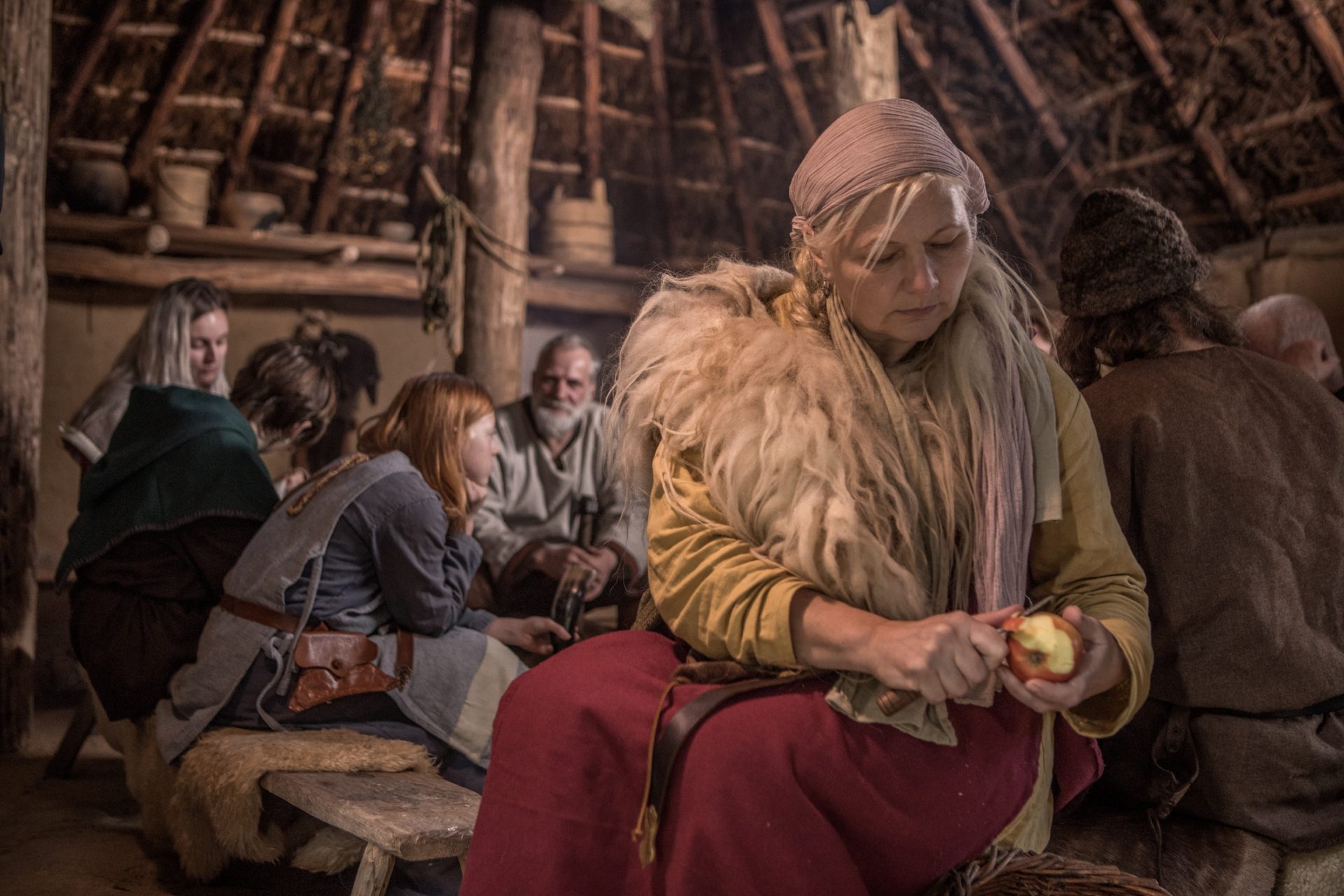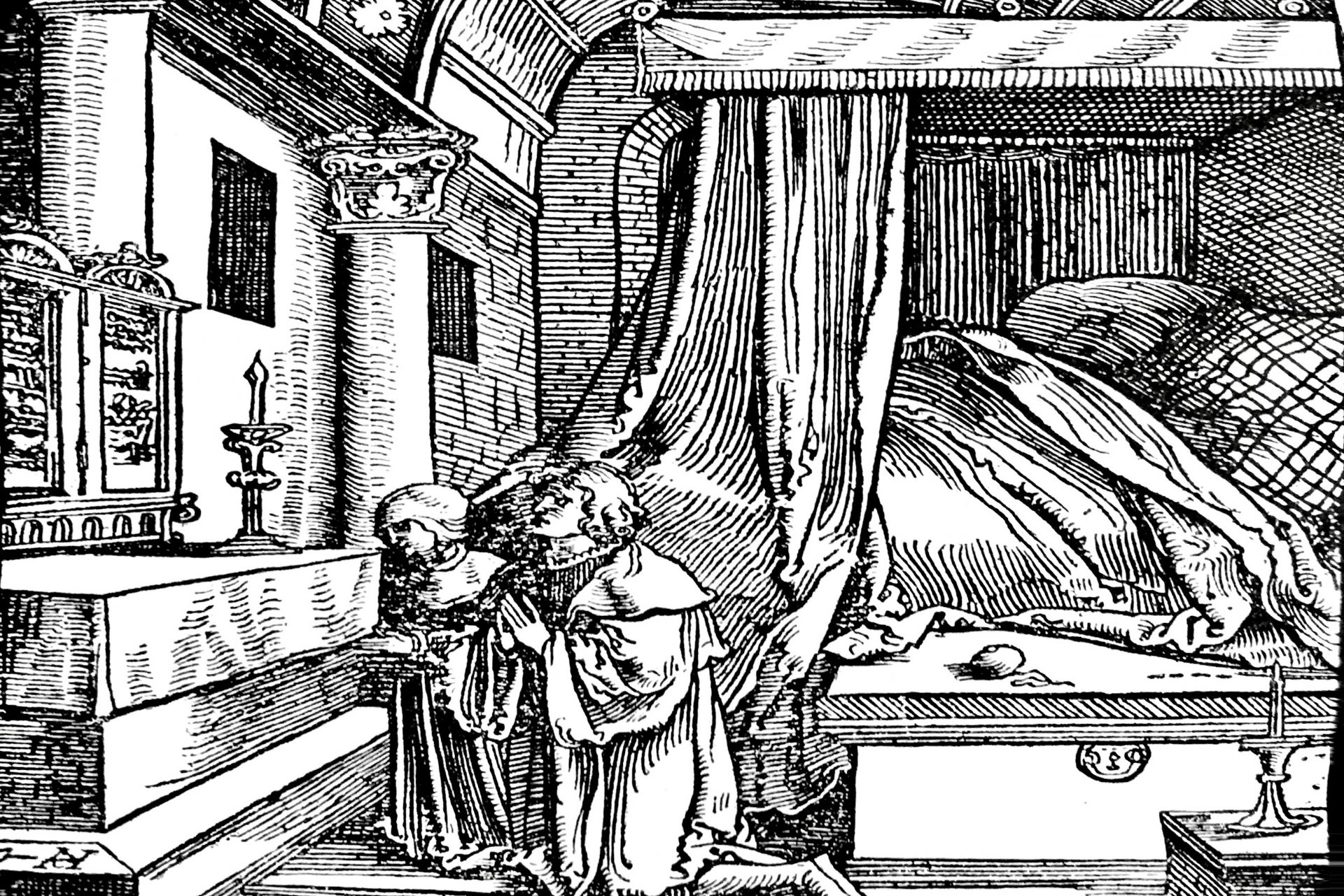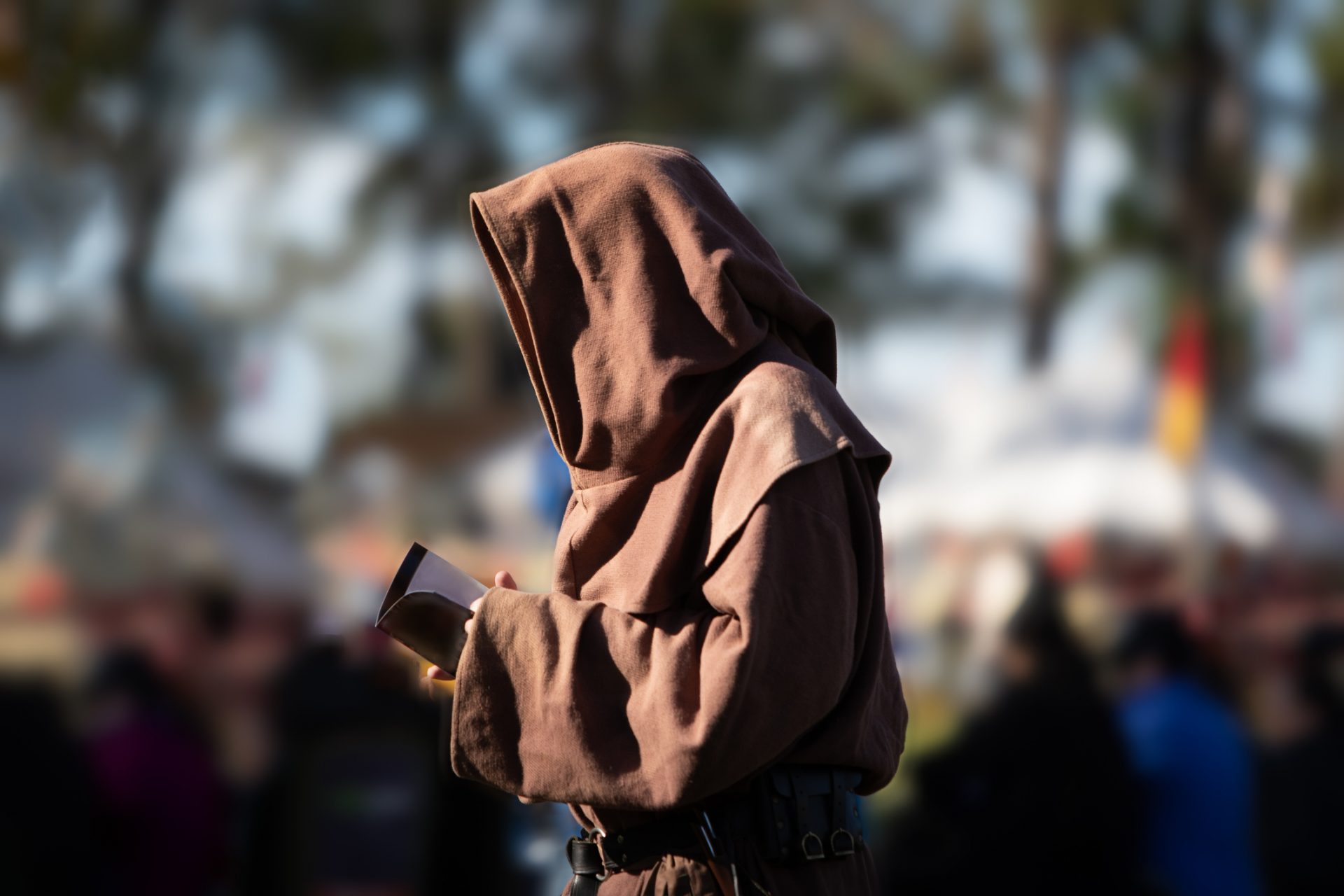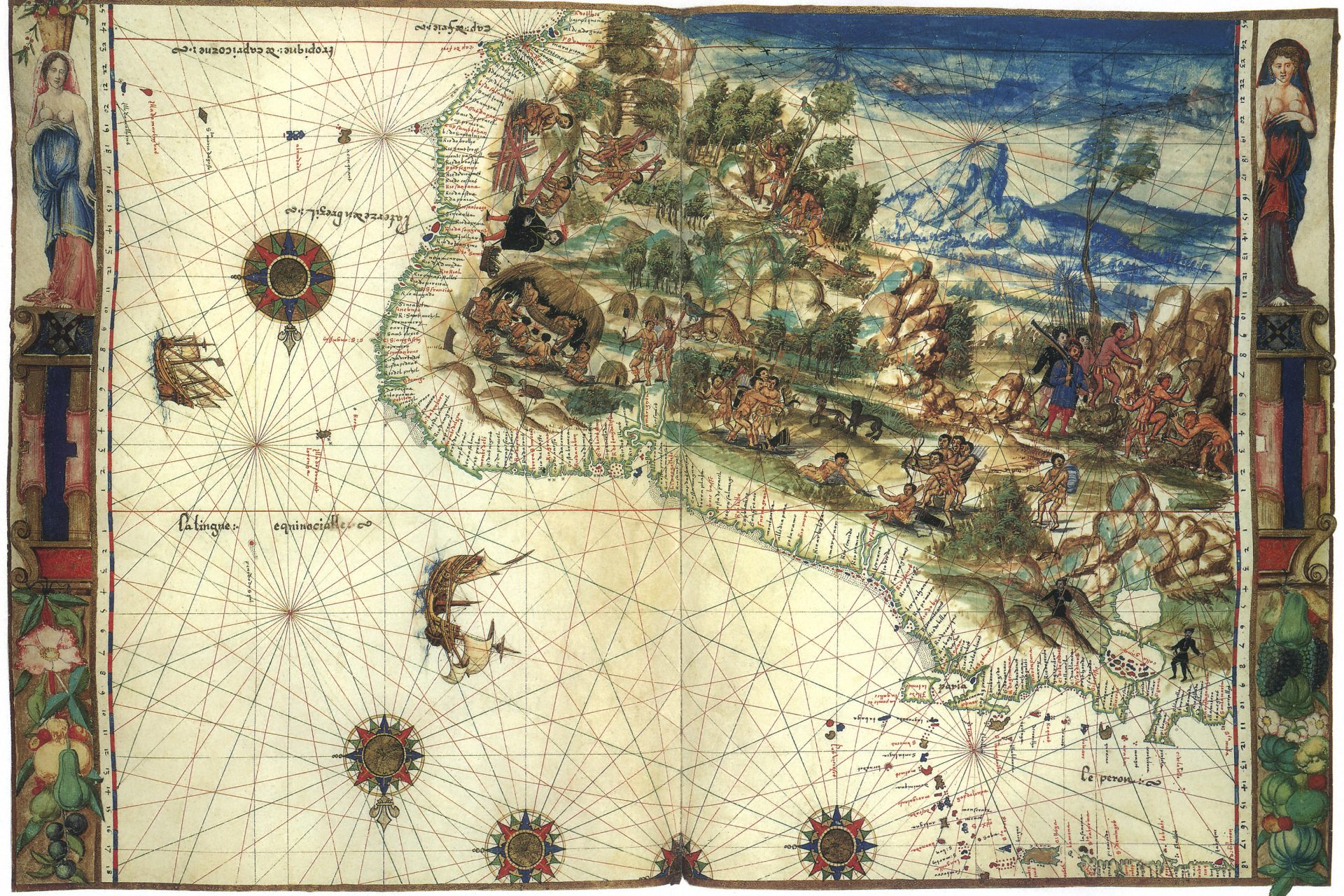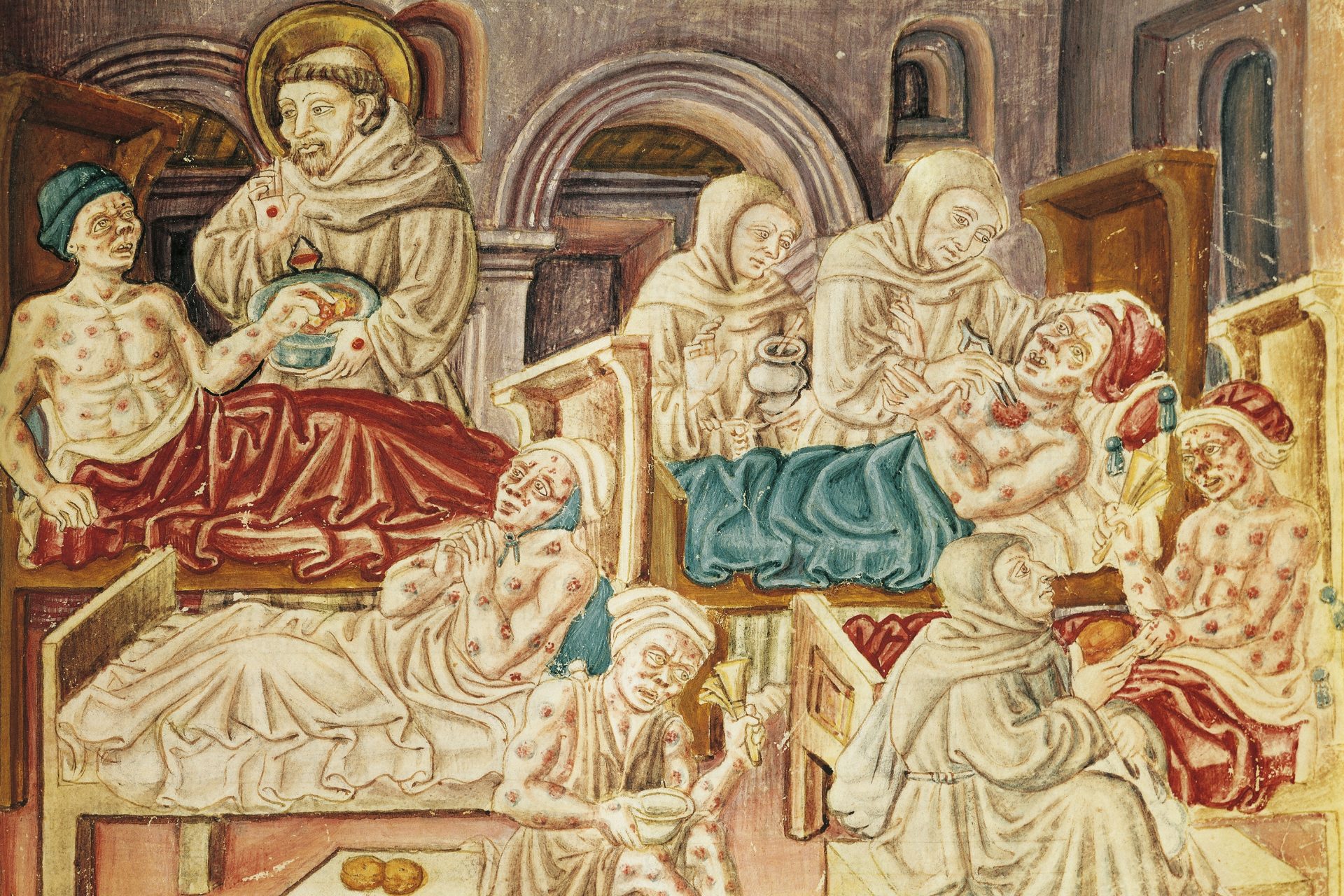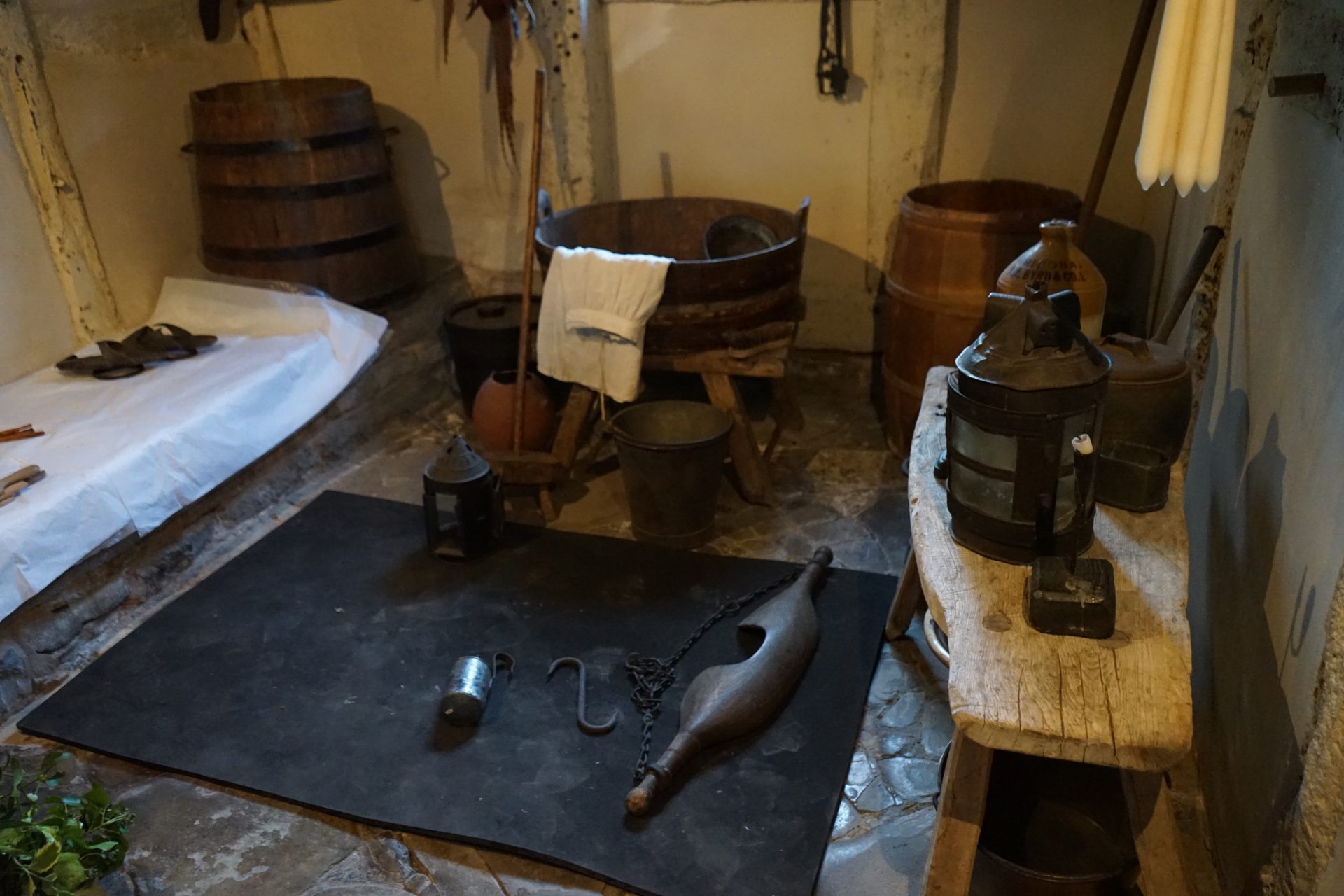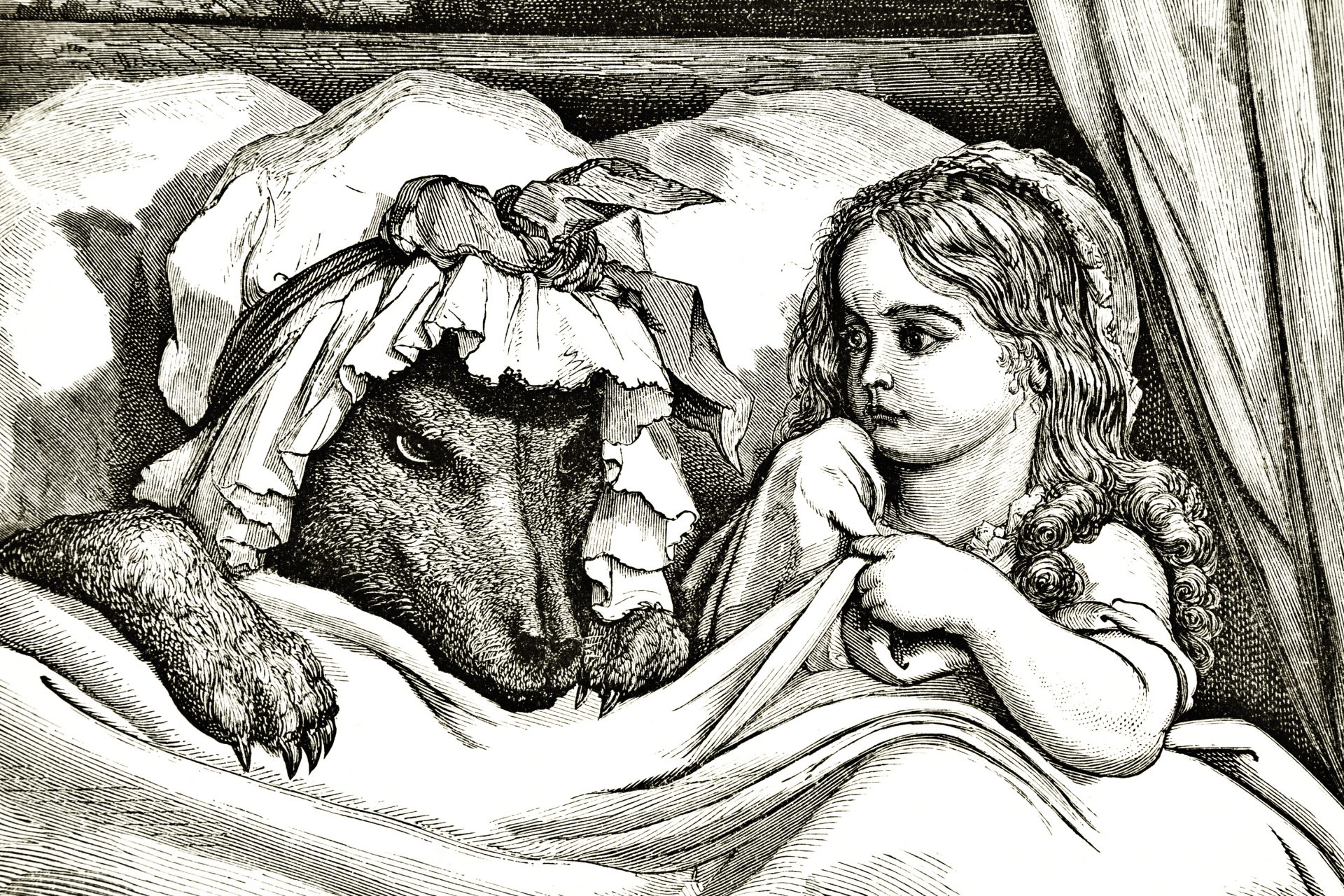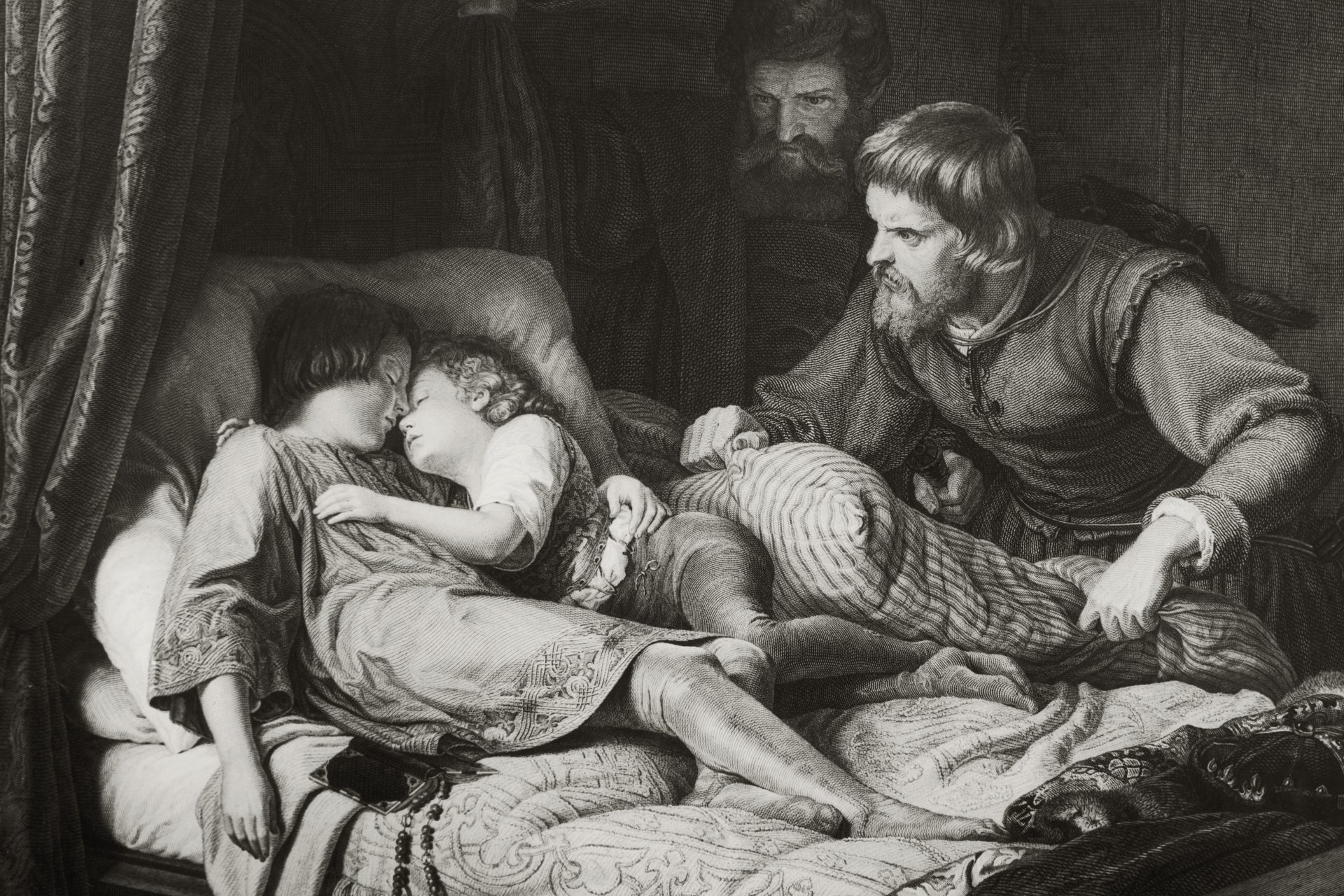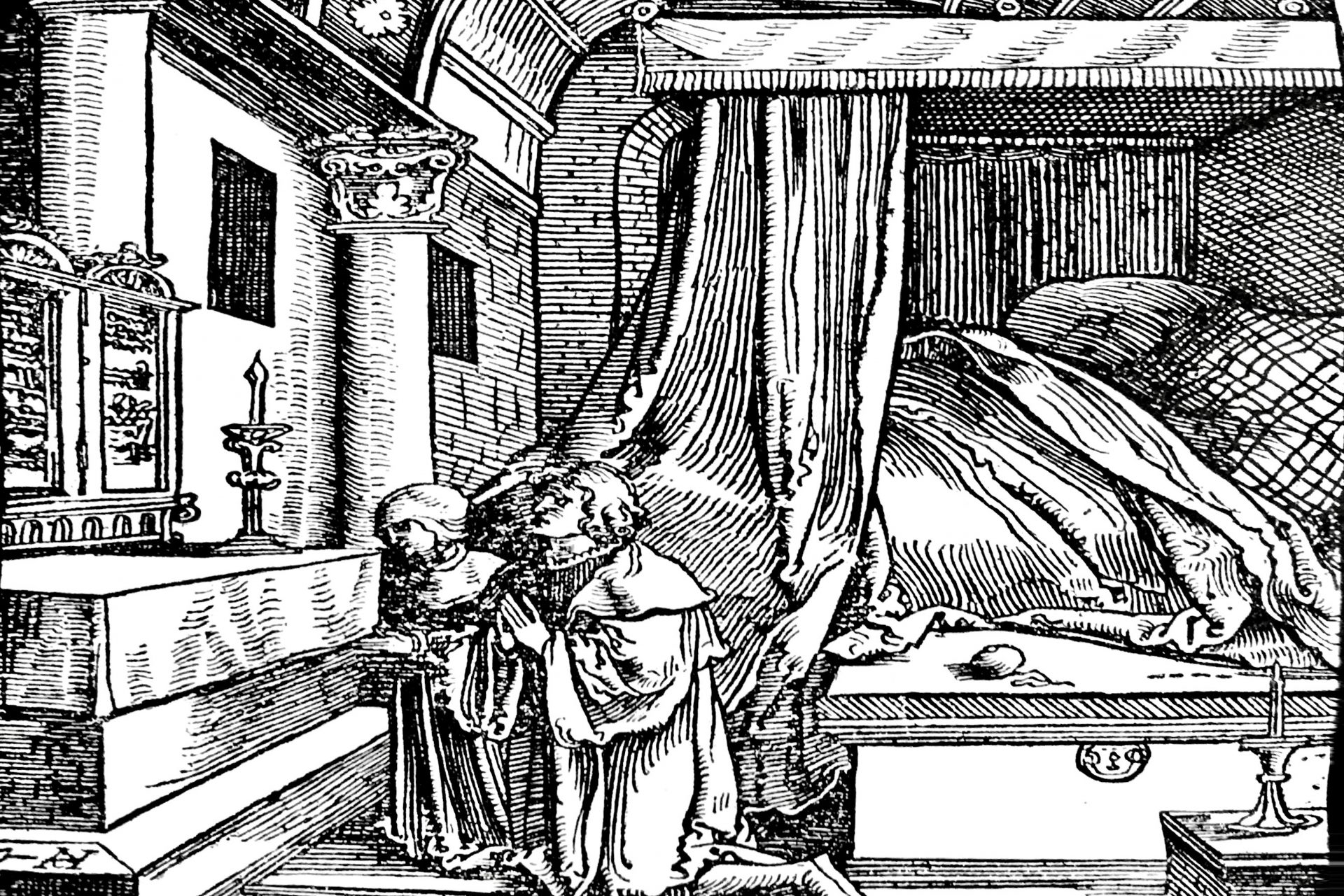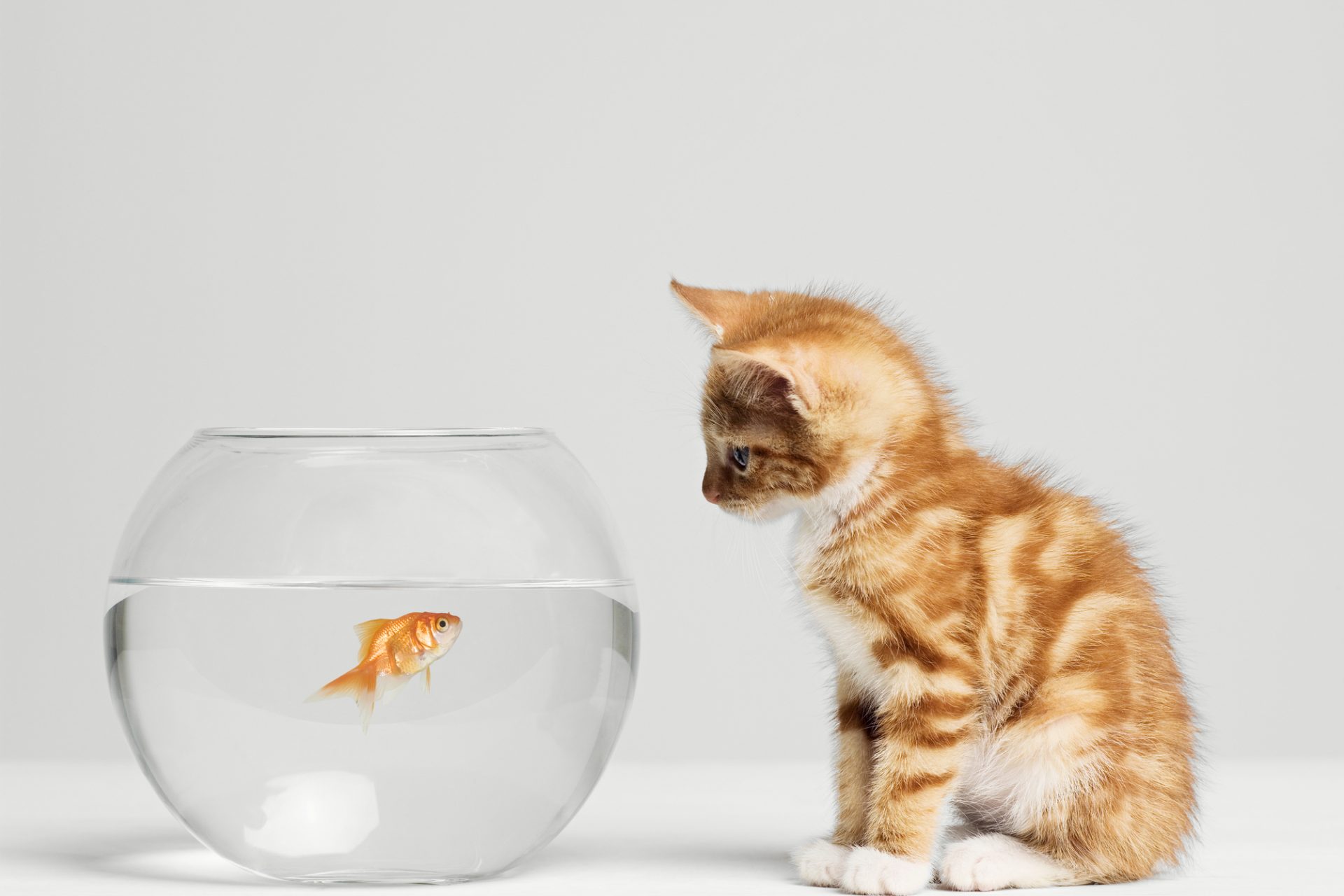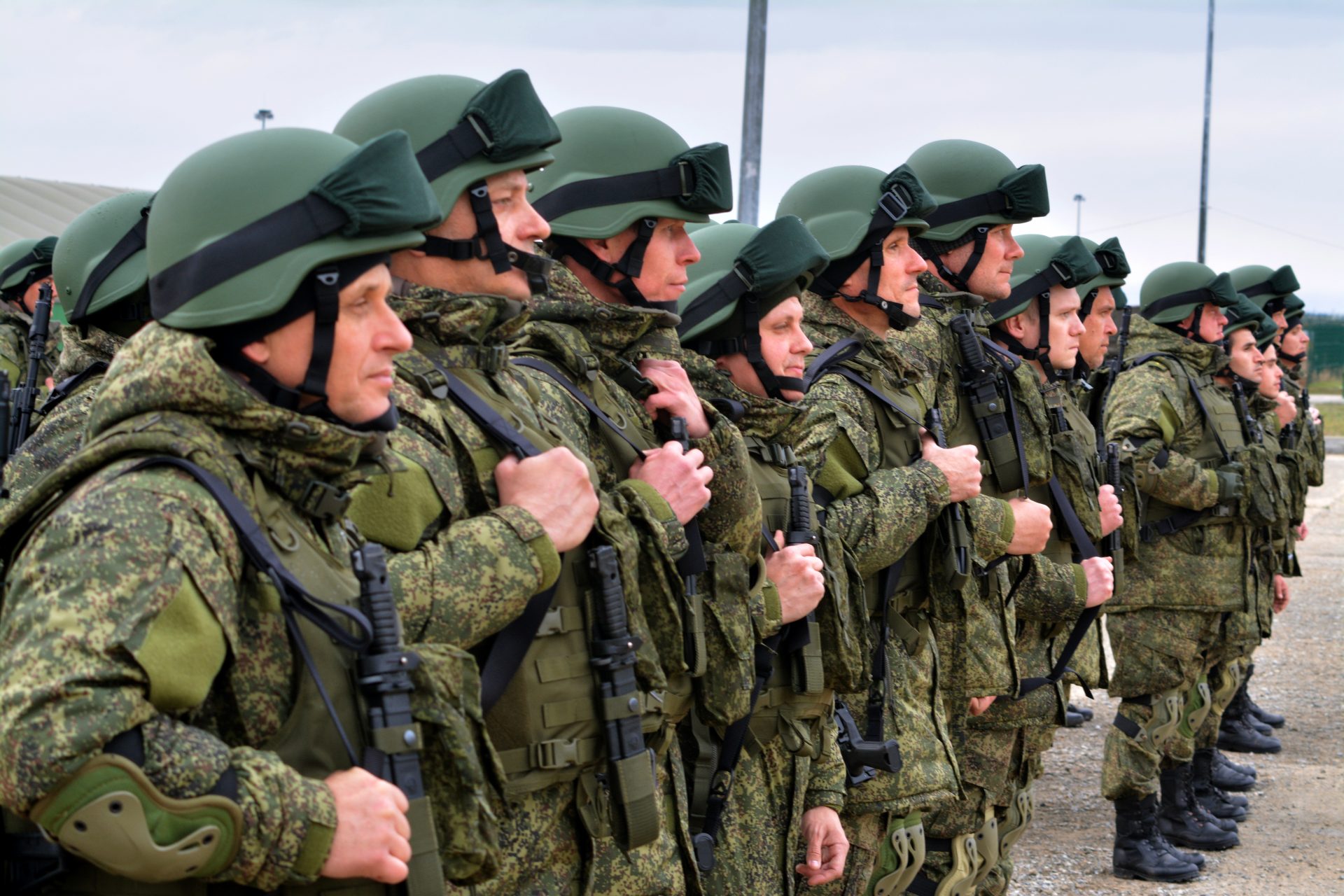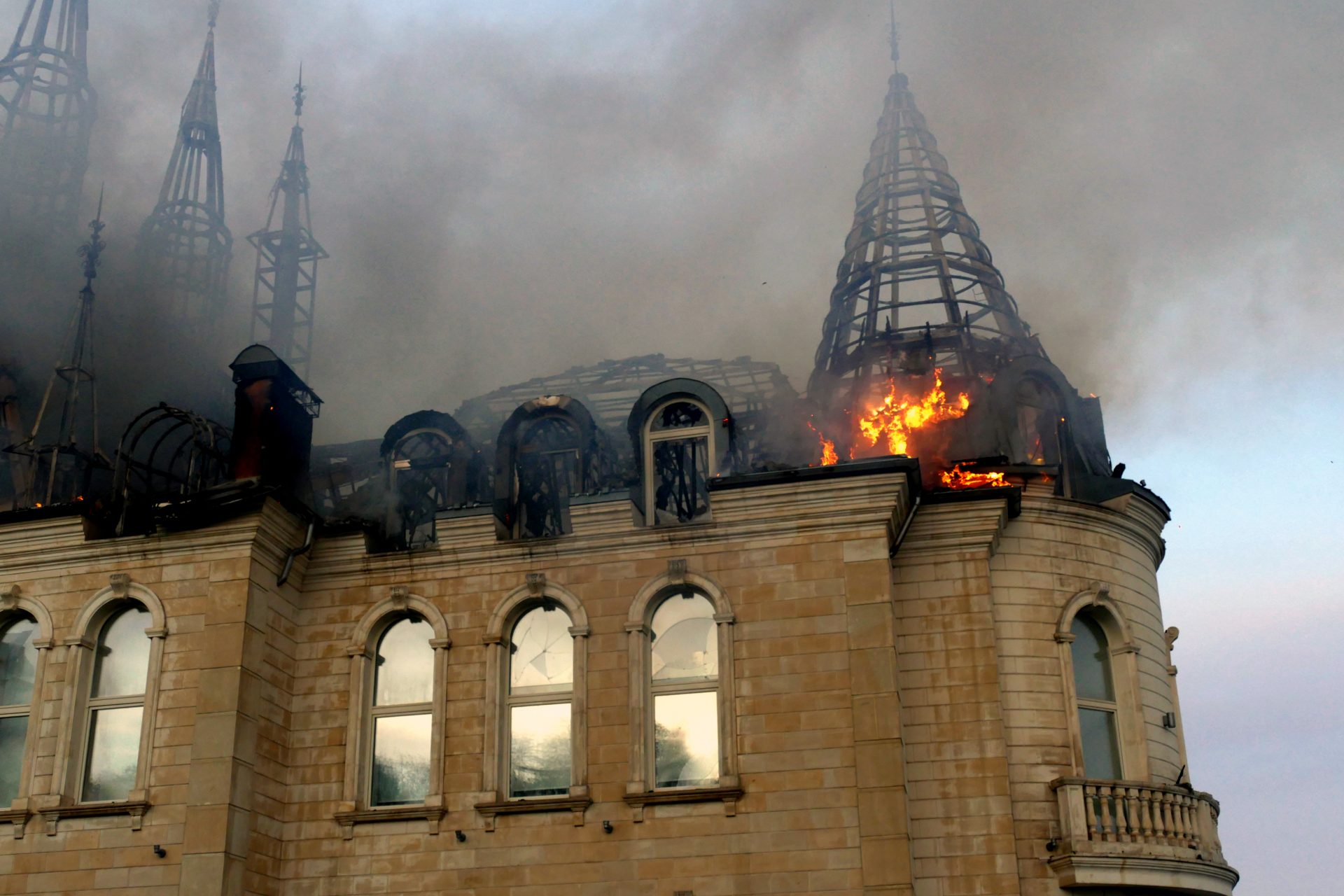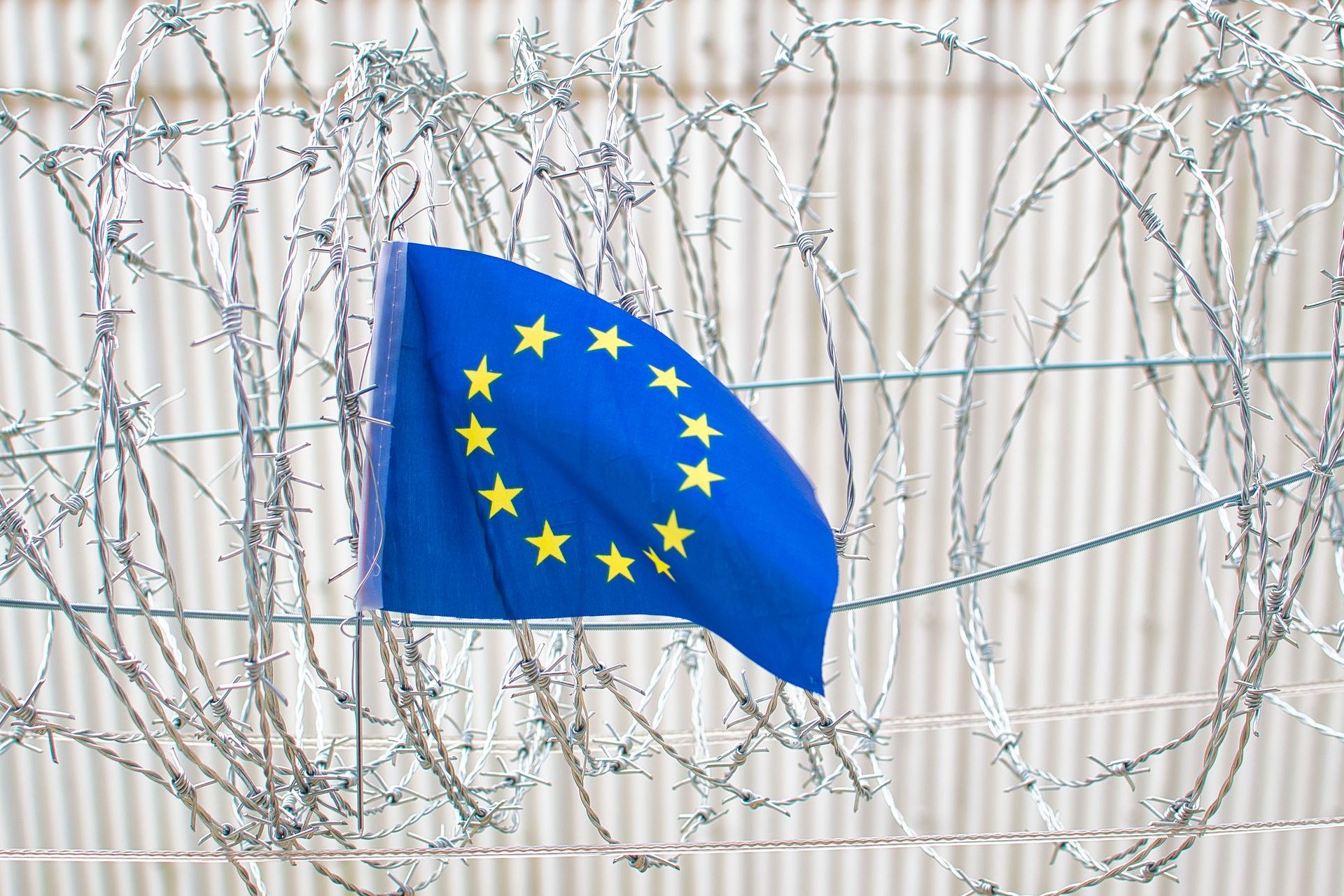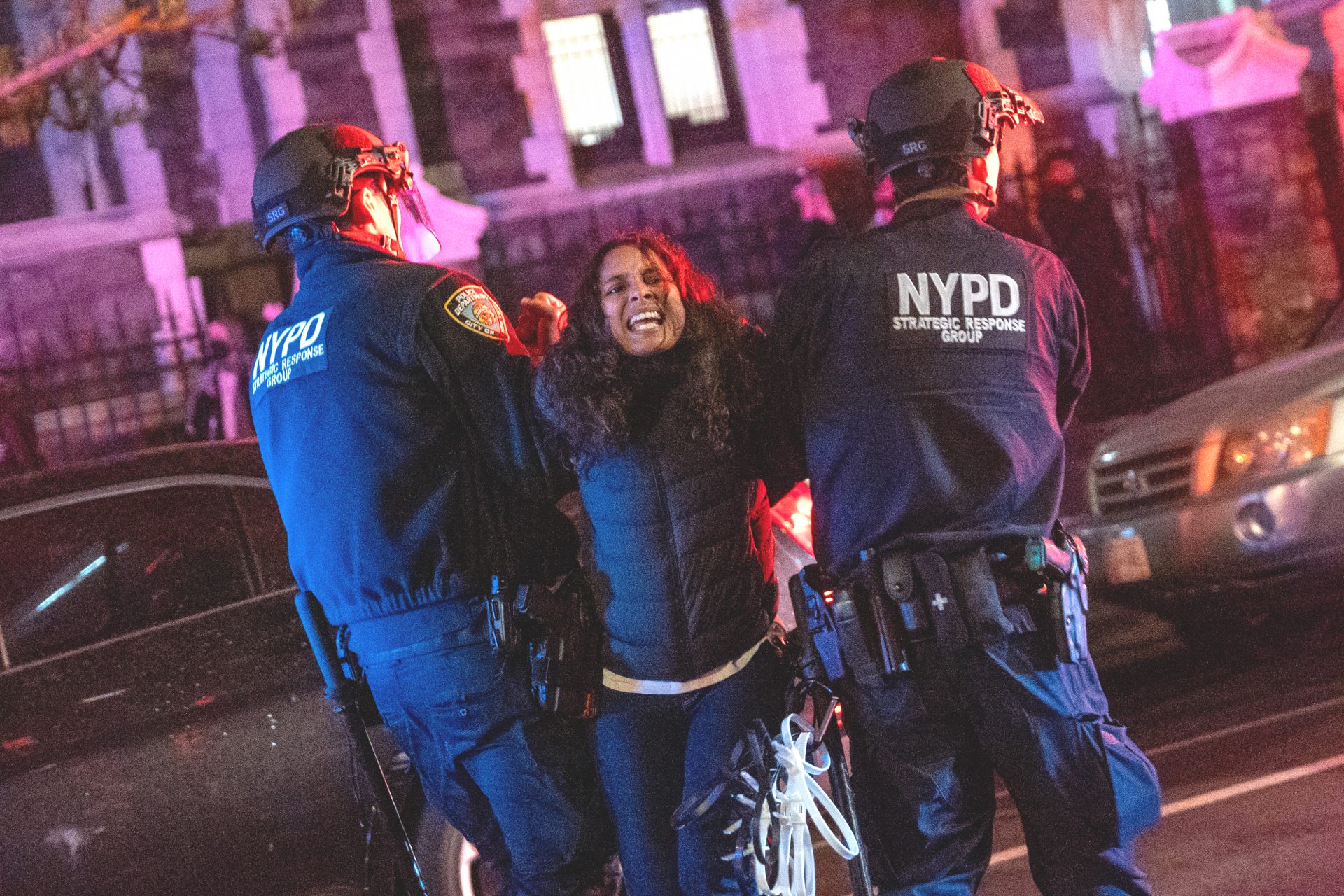Have you ever wondered how people in the Middle Ages slept?
It’s a bit of a weird question and you’ve probably never considered the idea that humans living during other periods of history had very different sleeping habits than we do today. But it turns out that we modern folk might be the oddities.
You might think it's normal to go to bed at a set time and sleep for a solid seven or eight hours before waking up ready to tackle the new day. However, that’s not how those who lived before artificial lighting managed their sleep schedules The Medievalist noted.
Take for example how those living in the Medieval era slept. Instead of sleeping through the night they likely broke their night into two distinct rest phases according to Roger Ekirch, an expert on the world’s historical sleeping patterns
In his book on the subject of sleep, ‘At Day’s Close: Night in Times Past,’ Ekrich argued that throughout most of human history, societies split their sleep into two different blocks until the advent of modern artificial lighting helped us stay awake.
Those living in the past would head to bed at sunset and then wake up for roughly an hour in the middle of the night before heading back to sleep for their second rest period. This was referred to as a first and second sleep by kings and laymen alike.
Ekrich explained that people living in Medieval times would often study or say prayers during their awake period and then go to bed around two or three in the morning. But they were also known to engage in slightly more salacious activities.
Knocking boots was quite the common practice for Medieval people awake so late in the evening and it was even encouraged by some experts at the time. For example, doctor Laurent Joubert told his patients they’d have “more enjoyment at night.”
“Both phases of sleep lasted roughly the same length of time, with individuals waking sometime after midnight before returning to rest,” Ekrich explained. “Not everyone, of course, slept according to the same timetable.”
“The later at night that persons went to bed, the later they stirred after their initial sleep; or, if they retired past midnight, they might not awaken at all until dawn,” Ekrich added, pointing to evidence of the practice in ‘The Canterbury Tales’.
Other evidence uncovered by Ekrich suggested that people from all over the world may have practiced a two-sleep period method if the accounts of 16th-century French priest André Thevet’s adventure to Rio De Janeiro in 1555 are to be believed.
Thevet reported that Brazil’s Tupinamba Indians would eat food whenever they had an appetite and often consumed something in between the period of their first and second sleep. But let’s turn back to Europeans and their sleeping conditions.
Unlike the creature comforts of our modern lives, most people in the Middle Ages slept communally—which meant that they were usually bunked up with not only their closest family members but also a lot of other things people today would find repugnant.
Bedbugs, lice, servants, and even traveling strangers might find a place next to people sleeping in Medieval Europe according to a BBC News report on what it's like to live at the time. However, that doesn’t mean these people were without their comforts.
Those with more means than others might have a mattress stuffed with straw and rags that they could toss on their floor while weather individuals would sleep on a feathered mattress. The poorest of society scattered heather plants on the floor or sleep on it bare.
Even more interesting than the way in which Medieval people slept together were the conventions that covered their communal sleep. Fidgeting and physical context were limited and some individuals were assigned their very own sleeping positions.
“For example, female children would typically lie at one side of the bed, with the oldest nearest the wall, followed by the mother and father, then male children – again arranged by age – then non-family members,” BBC News’ Zaria Grovett explained.
From the evidence available it's clear that those living in the Middle Ages didn’t sleep like modern people at all, and it would be interesting to go into a time machine and see first hand how their sleep schedule and practices affected their day to day lives.
More for you
Top Stories




